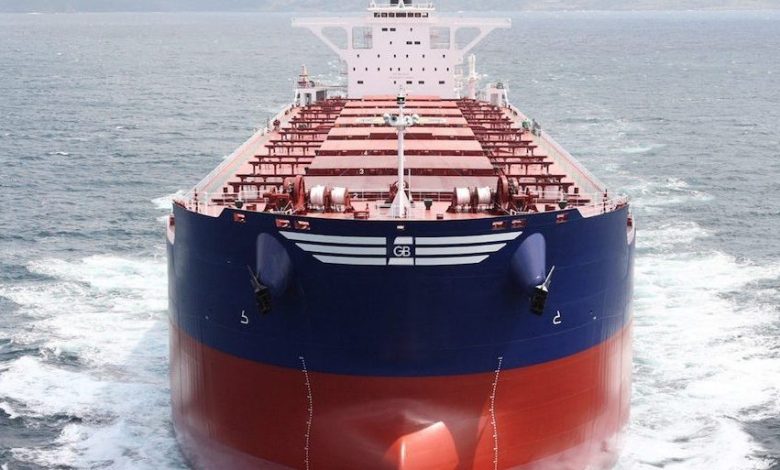Cape resurgence in the spotlight

Capesizes continue to climb out of the abyss, notching another $1,000 in spot earnings yesterday and nearing five-digit territory, leading some to suggest that the sector is embarking on a summer spree.
Splash reported earlier in the week how analysts at Lorentzen & Stemoco were tipping what was happening in the coal and iron ore trades as the start of a “classical bull run” in the cape markets. Many experts are increasingly inclined to agree with some notable dissenting voices.
Fixtures for capesizes carrying iron ore from West Australia to China have flurried lately, uplifting the C5 to almost $5.8 per ton. Now, fixtures are also done from Tubarao and other Vale ports in Brazil into Qingdao and elsewhere in China at rising rates.
The Baltic Exchange shows that the C3 route is now at $12.7 per ton, and that the 5TC stands at $9,142 per day, according to a report this morning from Lorentzen & Stemoco.
Nick Ristic, a dry bulk analyst at Braemar ACM, told Splash that volumes in both basins are picking up.
“Brazil got off to a strong start to June and the Australian majors are at full capacity, trying to maximise sales before the end of the Aussie financial year,” Ristic said.
Meanwhile, with Brazilian supply of high grade ore still very much lacking, there is a lot of “pent up” restocking demand from China, Ristic said, reflected in the iron ore price being above $100per tonne.
Fearnleys’s latest cape report this week noted: “Sentiment still positive as iron ore prices at multi-year highs.”
The Norwegian brokerage reported: “West Australian iron ore being pumped into the Pacific and we see the hire rates on vessels shipping the commodity doubling since last week. For Brazil there is still some prompt tonnage left keeping hire levels lower than Pacific, however they are gradually taken out and we expect this continue further though Brazil is experiencing the Covid-19 setback as we speak.”
“Stimulus measures from Beijing put in place in order to restart the economy following the pandamic have ramped up steel production,” commented Rebecca Galanopoulos Jones, a research analyst at Alibra Shipping in London.
The timing of a bull run would be hard to predict, suggested Joakim Hannisdahl from Cleaves Securities. Hannisdahl is forecasting earnings will average significantly higher from the second half of this year and beyond.
“China is consuming iron ore and destocking inventories at a rapid rate. As soon as Brazil is able to supply more iron ore, which could already be underway given observations so far in June, demand for dry bulk shipping will rise significantly,” Hannisdahl told Splash.
GoodBulk’s CEO John Michael Radziwill is adamant capes are headed for a sweet spot earnings-wise.
“Industrial activity is picking up. Commodity buying is back. Brazil iron ore exports are coming back this week and is reflected in day rates and the forward curve,” Radziwill told Splash this week, adding: “Supply and demand is getting a lot tighter for now and for the rest of the year.”
Not everyone is so bullish however. The mood was dampened by news of a Vale mine closure last week. Even before that Peter Sand, BIMCO’s chief shipping analyst, who published a dry bulk report last week, was circumspect on cape prospects for the remainder of the year.
“The dry bulk market is likely to recover gradually and at a slow pace alongside the global economy, but losses from the first half of the year will be difficult to recoup, even with a large-scale rollout of stimulus,” Sand suggested.
Braemar ACM’s Ristic warned there were a number of factors that combined will dampen a similar bull run to that of 2019.
A central cause of last year’s market was a consistent lack of ballasters into the Atlantic over Q2. This was not the case over the past couple of months. Cape capacity – excluding VLOCs – ballasting towards the Atlantic over April-May was 60% higher than over the same period last year. Also, the circulation of VLOCs has been far more stable than last year, so it looks like CFR tonnes will continue to flow steadily, Ristic suggested.
Braemar ACM has actually seen a decline in ballaster numbers in the past few days as owners are enticed by C5 rates, but there are still a swathe of ships heading towards the Atlantic.
